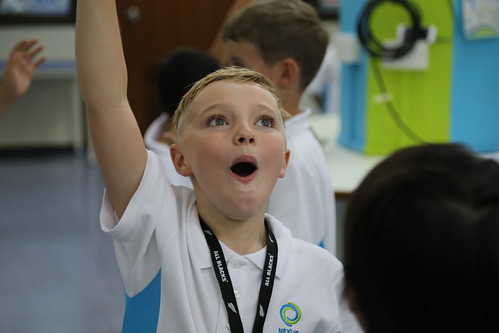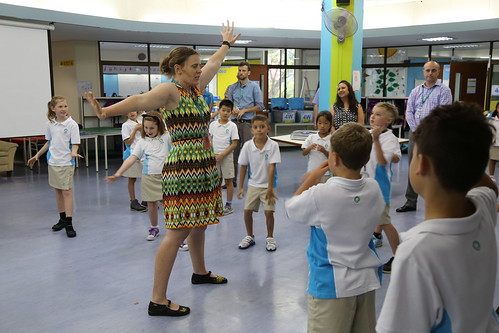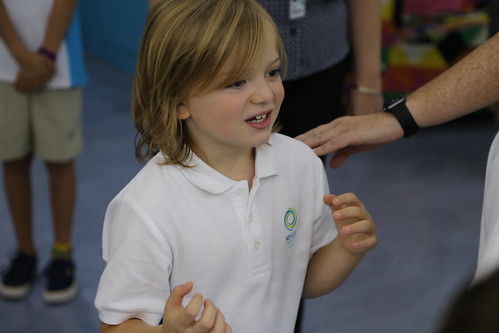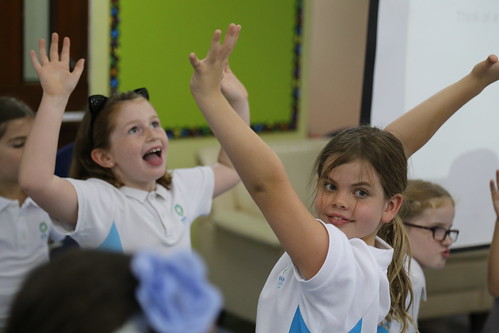In a Primary Years Programme (PYP) school, the formation of a team – whether staff or students – always starts off the same way creating an ‘essential agreement.’ Rather than teachers imposing their rules on children, everyone in the group works together to establish an agreement of how the class will function.
Like many international schools, the children in my school are fortunate to have classes with specialist teachers. Last year my grade had a problem with children not showing the standards of behaviour in homeroom in other classes. Stories of children making unwise decisions would often follow the children’s return to homerooms which would frequently require intervention from home room teachers.
In this situation it can easy to get snarky, the specialist teachers teach a greater number students and have less time to build up a relationship with the kids. Homeroom teachers see learning time be squandered resolving issues from specialist classes. However during the session on restorative practices last week, my colleagues and I thought about how we could change the pattern.
One area where we agreed to start was drafting essential agreements. Instead of our grade level crafting essential agreements in individual classes and then repeating the process in PE, languages, art etc. we decided to bring our community together to make an essential agreement that everyone could follow. T
he appeal of this process was simple. The constantly re-inventing the wheel in each class was sending out a message that there were different expectations in different spaces.
We wanted our children to understand that although there might be specific behaviours they may need to be mindful of in the swimming pool or art classroom, the expectation of how they treated their teachers (and how their teachers treated) them was the same throughout the school.
On the first day of school the three classes of my grade level, their specialist teachers and the classroom assistants came together to create an essential agreement for our year level.
Crafting a meaningful essential agreement with such a large number of learners was a challenging prospect.
This process needed to:
- Ensure that everyone in the community had an opportunity to tell their story and be listened to
- Value learning and building relationships over compliance
- Result in an essential agreement that everyone could follow
We started with dance…
 The group froze in silly poses, they froze in happy poses. The object was to create a tableaux for children to really express their feelings about school.
The group froze in silly poses, they froze in happy poses. The object was to create a tableaux for children to really express their feelings about school.
The next time the group froze was in a pose where they were feeling bad at school then were able to shout out what was happening during that time
. Because the participants were all doing this together, there was no risk of being singled out. It gave permission to let feelings and secrets out without pressure or an audience .
.
During the next pause, I asked the group to freeze in the pose of their feeling. I then went around the room and touched the participants for the word they were feeling.
 Angry, confused frustrated, hurt, jealous, worried, stressed, lonely… as group we looked at those words and wondered did we want anyone in our community feeling that way?
Angry, confused frustrated, hurt, jealous, worried, stressed, lonely… as group we looked at those words and wondered did we want anyone in our community feeling that way?
Of course not.
We all want to feel happy and accepted at school. How could we turn those negative feelings into positive ones? 
I had hoped to model this to the group by pushing for an experience of a negative situation and turning it into a positive. However when I asked the children who felt angry what made them feel angry none of the could answer.
This led to an important observation from this process.
Children remember how they feel and are treated at school far more than what actually happened.
The group used placemats from @sherrattsam to draw or write a time when they felt one of the words at school.  The children, teachers and assistants then talked about what happened to make them feel a word. Where the swimming teacher might say ‘I feel really angry when children run around the swimming pool.’ The feelings on the board created a compass to enable us dig deeper to the source frustration. It wasn’t from the running itself – but that children weren’t respecting agreements to stay safe.
The children, teachers and assistants then talked about what happened to make them feel a word. Where the swimming teacher might say ‘I feel really angry when children run around the swimming pool.’ The feelings on the board created a compass to enable us dig deeper to the source frustration. It wasn’t from the running itself – but that children weren’t respecting agreements to stay safe. 
What was interesting is because we had those feelings already out to talk about they became a compass for the community to really decide what matters to us.
What will you do differently when crafting your essential agreement this year?
I highly recommend @whatedsaid 10 tips for crafting an essential agreement as a good place to provoke thinking.
